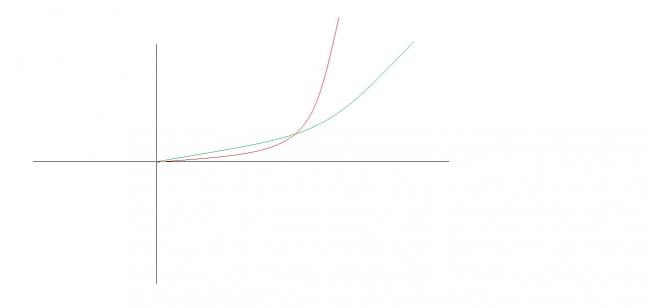1 > Given determinant : -
1 + a 1 1 1 ........................ 1
1 1 + a 2 1 ......................... 1
1 ................................................. 1
1 ................................................. 1
.
.
.
.
.
.
1 .............................................. 1 + an
Now , I ' ll take " a1 " common from the first column , " a2 " from the second column and so on .
= ( a1 a2 a3 ........... a n ) ........
:
: 1 + 1a1 1a2 1a3 ....................... 1an
:
: 1a1 1 + 1a2 1a3 ........................ 1an :
: 1a1 ................................................. 1an :
: .
: .
: .
: .
: .
: .
: 1a1 .............................................. 1 + 1an
:
:
........
Appplying " C1 → C1 + C2 + .................... Cn " ,
and , taking " 1 + 1a1 + 1a2 + ................... 1an " common from " C1 " , we get : -
= ........
:
: 1 1a2 1a3 ........................ 1an
:
: 1 1 + 1a2 1a3 ......................... 1an :
: 1 ................................................. 1an :
: .
: .
: .
: .
: .
: .
: 1 .............................................. 1 + 1an
:
........
Finally , " R2 → R2 - R1 " , " R3 → R3 - R1 " , ......................... " Rn → Rn - R1 " , gives us : -
= K ........
:
: 1 1a2 1a3 ........................ 1
:
: 0 1 0 .......................... 0 :
:
: 0 0 1 .......................... 0 :
: .
: .
: .
: .
: .
: .
: 0 ................................................ 1
:
........
= K ............................ ( expanding along " C 1 " )
Now , what is " K " ? Obviously : -
K = a1 a2 a3 ............. ( 1 + 1a1 + 1a2 + ............... 1an )



























